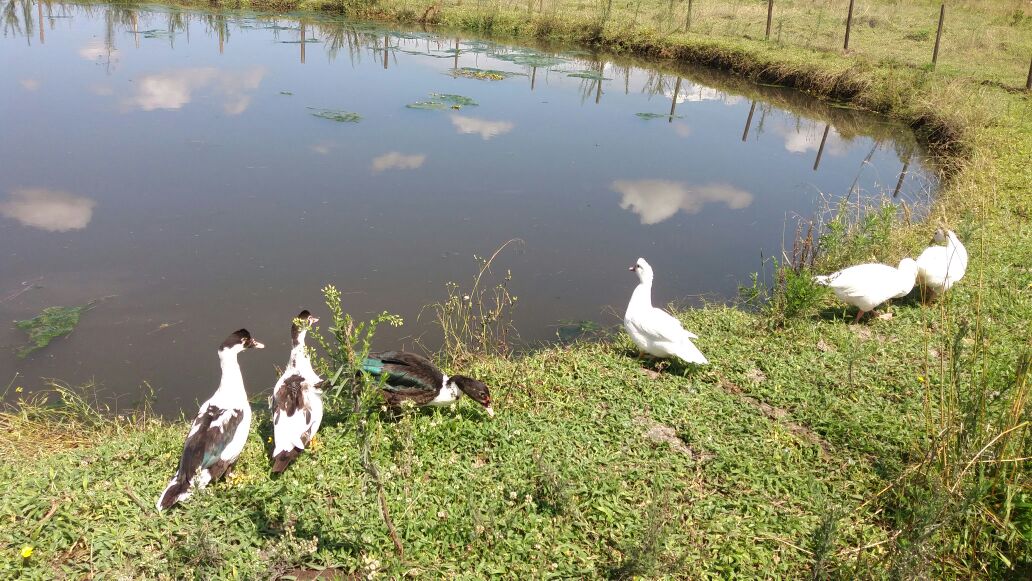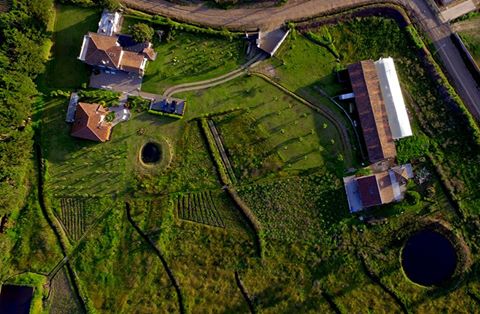An Overview Of Our Solution
- Population Impacted:
- Continent: South America
Organization type
Population impacted
Size of agricultural area
Production quantity
People employed
Describe your solution
Describe your implementation
External connections
What is the environmental or ecological challenge you are targeting with your solution?
Describe the context in which you are operating
The project is located in Yaruquí, the rural area of Quito. This area shows a double percent of the population and housing growth comparing with Quito in the last 10 years but the social context has being changing ; it used to be agroindustrially developed, specifically flowers production and poultry farms, both with a high use of agrochemicals; local people say that it was not like that 20 years ago, when people use to have a variety of animals and crops. Going further, since the new airport the area is being more industrialized and farmers are changing to other jobs or going to Quito, leading to abandoned farms that are mainly rented to the big producers (agroindustry). There are 20 educative institutions (school and high school) but no Universities; the students’ number has been decreasing in the last 5 years and most of them only finish the high school. There is one hospital with 40 beds capacity. The poverty level has been reduced in the last 20 years. There is a need for a planned development in this area with a sustainable perspective creating resilience for the community. There is a group of people in the area (including us) that is expecting to collaborate all together to reach a sustainable development and re-empowerment of the community.
How did you impact natural resource use and greenhouse gas emissions?
Language(s)
Social/Community
Water
Food Security/Nutrition
Economic/Sustainable Development
Climate
Sustainability
The permaculture project relies for now on the B&B economic surplus and it is looking forward to relies on the sale of the surplus of organic products and the workshop activities. It also relies on my parents and I personal investment when needed.
Return on investment
Entrant Image

Entrant Banner Image

